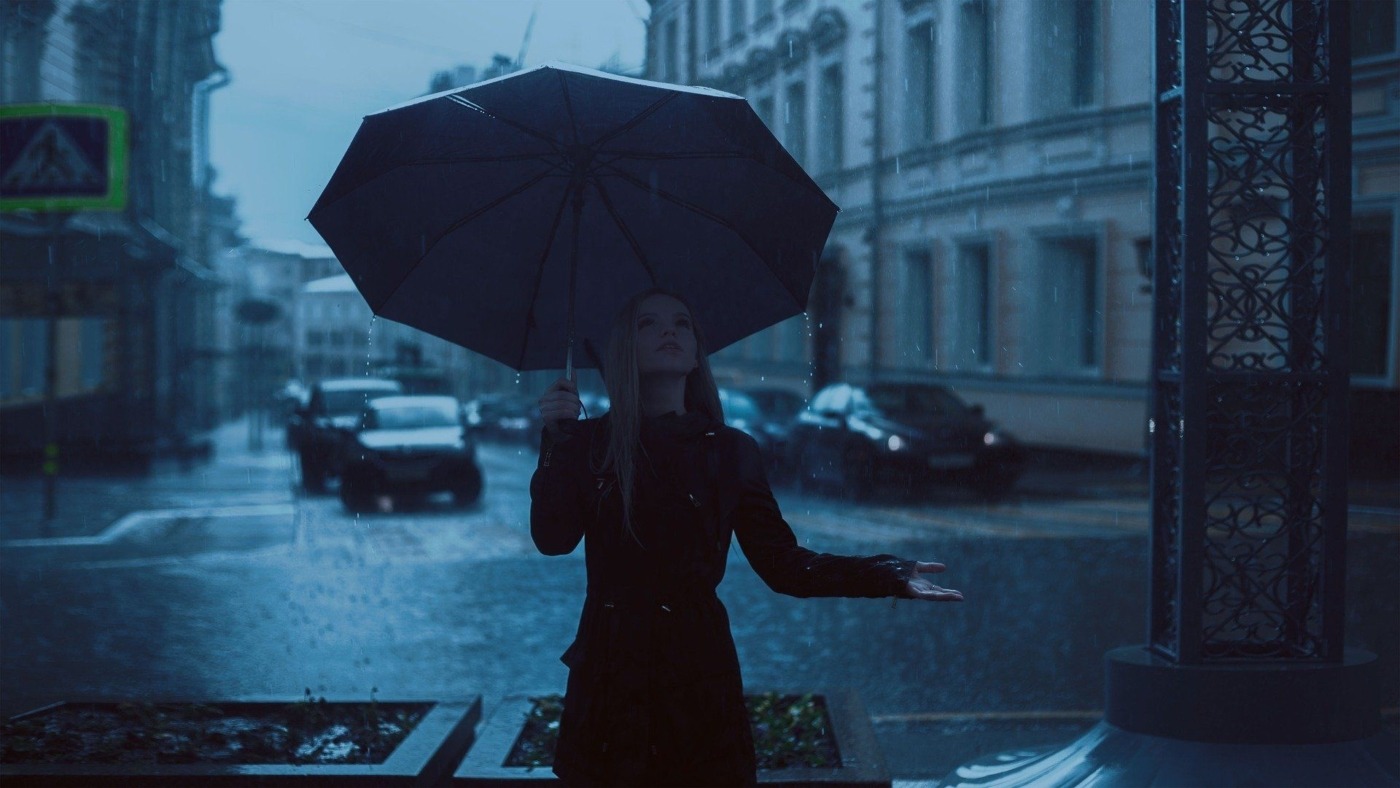The rise of the rainy-day playlist – how the music we listen to changes with the seasons
As the weather gets colder and the Christmas ornaments make their steady, if slightly ominous, reappearance on the shop shelves, it’s not just the colour of the leaves that are changing. The music that we listen to undergoes a certain shift to accompany the transition of the season – whether that change is a conscious one or not. The upbeat summer anthems tend to fade into the background in favour of that all-important rainy-day playlist, perfect for the gloomy afternoons we have waiting ahead.
This move from summer bops to more chilled, wintry tones can be easily attributed to the fact that these foggy, frosty days don’t quite provide the ideal scene for day raves or beer gardens. However, there may be more to the shift than we perceive at face value. The very titles of songs can hint towards the season in which they’re intended to be enjoyed. Whilst this is obvious for the likes of Winter Wonderland, artists may be more covert in their targeted seasonal titles by including words that emanate a more sombre tone. This can be from weather references such as the inclusion of ‘rain’ in contrast to the sun of the summer to the colour connotations associated with ‘blue’ or ‘grey’ increasing. Everything becomes slightly less saturated, from the vibrancy of energy within the lyrics to album art itself.
It’s also possible that the sounds we gravitate towards unconsciously mimic the change in our behaviour through the year. The upbeat, active vibe of the warmer months is reflected in the preppy anthems lobbying for that coveted ‘summer anthem’ title. We tend to physically become slower in the colder periods and the music we listen to reflects that in tempo: think less mosh pit and more slow swaying. After all, pretending you’re in an emotional music video as you stare out of the car window at the rain doesn’t quite have the same effect if it’s done to the soundtrack of Hot Girl Summer rather than the classic Adele.
Everything becomes slightly less saturated, from the vibracy of energy within the lyrics to album art itself
Clearly, the somewhat greyscale feel of winter can reflect itself in the genre of songs we choose to enjoy. Romantic ballads rise up the charts as singletons notice their lack of an essential Winter Wonderland partner and attempt to fill the vacancy of a seasonal companion. Often, older songs will reappear in the top 40 as people become more prone to melancholic nostalgia and the thudding beats of dance tracks soften into a smoother, more gentle rhythm.
Those dark afternoons provide an opportunity to ponder more serious topics in contrast to the light-hearted vibe of the summer. As a result, we look for lyrics with a deeper meaning instead of the relaxed and somewhat nonsensical slogans of the sunnier seasons, opting for sentimental motivations over party-promoting ones. No longer will artists compel you to throw your hands up in the air like you just don’t care, partly because everyone’s freezing cold hands are buried deep in their warm pockets.
As psychologist Terry Pettijohn suggests, the shift in our music tastes as a community may even communicate deeper social issues. A study found that in times of instability within the political constructs of society, music lovers are prone to turn to the slower songs of comfort as an escape. Consequently, chart trends can be interpreted to reflect patterns of economic anxiety amongst the public or, conversely, patterns of confidence in societal stability. Mid-winter January is famously dreary as the post-Christmas slump arrives and wallets feel significantly lighter than the previous month. This general attitude of glumness is echoed in the tone of the songs that start the year at the top of the charts, making listeners feel somewhat understood and validated in their pessimism.
The shift in our music tastes as a community may even communicate deeper social issues
Similarly, the change of the season coincidentally aligns with the start of the new academic year. As the essay-less summer fades away, students tend to turn towards music more suited for stressed nights in. Not many people would subject themselves to the reminder of how comparatively carefree summer was in stark contrast to the panicked all-nighters in the library they now have to face.
Of course, as with any trend of social convention, there are bound to be exceptions to this rule. I’m sure many people have never even considered changing their listening habits and rainy-days, finding the bops of the summer to be appropriate for listening all year round. Personally, I love nothing more than compiling the perfect autumn-to-winter transitional playlist, full of atmospheric tunes ready to be played on those chilly afternoons wrapped in a dressing gown as the sound of the rain beats against the window. Regardless of whether you find yourself succumbing to the temptation to follow the ambience that the seasons set. However, there is one artist for certain that everyone will find themselves listening to, whether you want to or not. Michael Bublé’s yearly resurrection nears, and nobody can escape that.
Check out Sadia’s perfect rainy-day playlist to ease you into the autumn/winter transition:

Comments